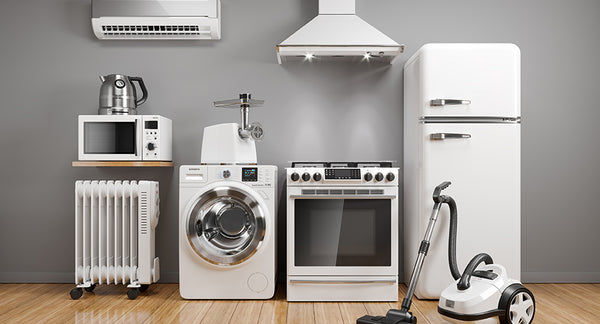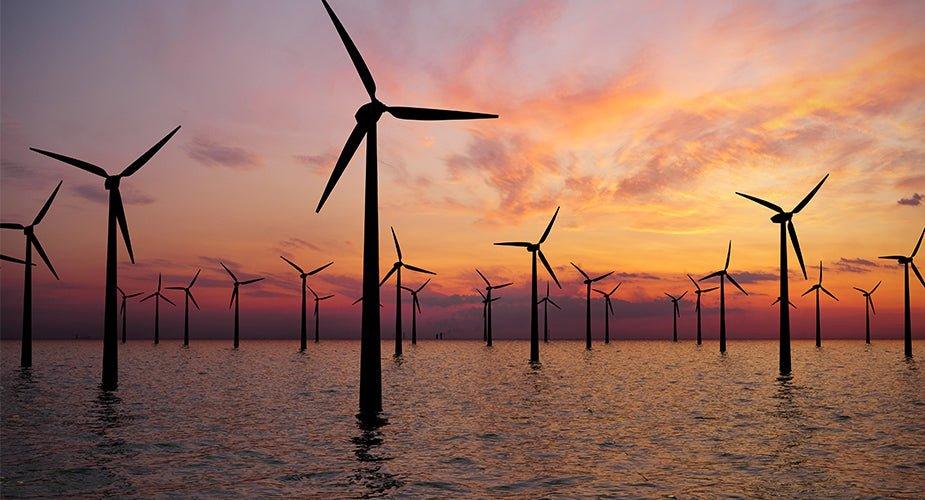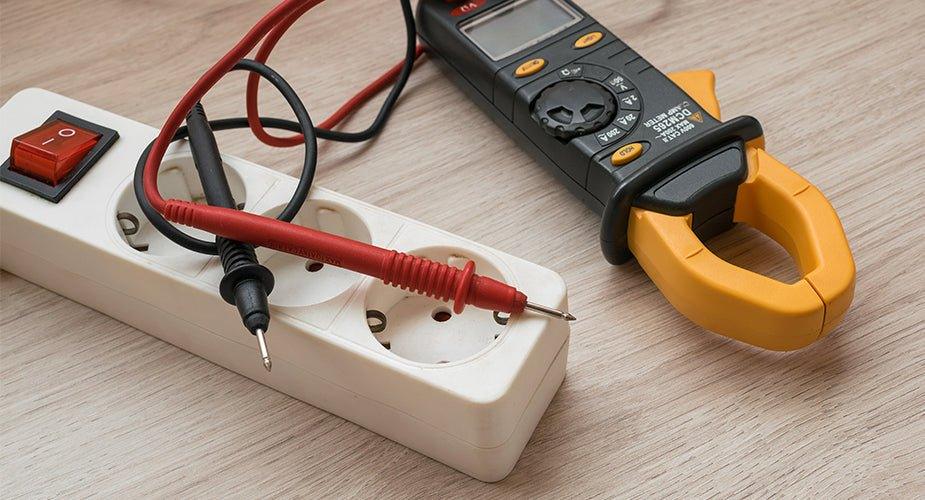"Can you pay my bills?
Can you pay my telephone bills?
Do you pay my automo' bills?
If you did then maybe we could chill
I don't think you do
So, you and me are through"
These lyrics popped into mind when thinking about this topic for some reason. Because paying the bills is one of the perks and signs that you’ve officially entered your era of financial responsibility and independent living. And, one of those bills you have to regularly settle monthly is your electric bill.
After all, we use appliances and devices that run silently in the background to live comfortably. Their existence has become our lifeline to survive whatever life throws at our director. They require electricity in order to run. Their silent support can go unnoticed and one can’t help but be shocked at how much you have to pay once the electric bill for the month has arrived.
Then your mind goes to wonder what steps you should take in order to reduce your electric bill or why you have such a huge electric bill…
In this blog, let’s explore how much electricity does the average household use.
How Much Electricity Does The Average Household Use?
The number can vary depending on several factors, such as the number of people living in the house, their habits, the appliances at home, and the location’s utility rate, to name a few.
For those starting on their own, a person can consume about 599 kWh per month on average, which is about $101.
This is big and expensive when living on your own, compared to when living with more people in the household. This is because the essential gadgets and devices used at home are the same; no matter what the household size is. Not just because they have no one to share the space with. A home is going to need one refrigerator, one microwave, one coffee maker, one toaster, etc.
According to the US Energy Information Administration (EIA), a two-person household can use 887 kWh on average per month, which is about $150 per month, which is about 16.92 cents per kWh.
How Many kwh Does a House Use?
The amount can differ based on various factors, including household size, individual habits, the appliances used, and the local utility rates, among others.
Here’s a table for a breakdown of the prices, monthly consumption, and location:
|
Region |
Price Per kWh |
Monthly Consumption per kWh |
Electric Price |
|
West |
$0.178 |
740 |
$132 |
|
Midwest |
$0.147 |
825 |
$121 |
|
Northeast |
$0.239 |
661 |
$158 |
|
South |
$0.141 |
1104 |
$156 |
This figure is based on September 2023 consumption.
The numbers differ because of the climate conditions in these regions. Electric consumption in the Midwest and South is higher because of hot summers that require the use of air conditioning compared to the Northeast and West, which have moderate climates.
Meanwhile, a four-person household typically spends around $184 per month on electricity. The cost sees only a slight increase since energy consumption largely depends on heating, cooling, refrigeration, and water heating. Additionally, the number of appliances and devices remains consistent for this household size. But how many kilowatt hours does a house use? This depends on the household's habits, appliances, and energy efficiency practices.
How to Lower Your Electric Bill?
It is important to be smart when it comes to one’s spending. You try to save money by making smart decisions for the long term, not the short term.

When it comes to lowering your electric bill, you don’t have to do drastic actions to start lowering your bill:
Begin with making smart decisions when buying appliances.
Switch to appliances that are energy efficient as they perform the job using less energy than their counterpart.
Look for appliances with the Energy Star label, as they ensure high power efficiency and are more environmentally friendly. To make informed choices, list all the appliances you need and the brands or models you're considering. When researching, check their energy ratings and consider how much electricity does the average household use to find options that align with your household's energy-saving goals.
- How much power they use,
- How many kilowatts per hour, and
- Average energy usage to name a few.
Switch off lights and appliances when not in use
Even if you’re not using the appliances and are on standby mode, they are still consuming energy so be sure to turn them off after using them. The Department of Energy (DOE) stated that 5%-10% of residential energy consumption comes from standby energy which is about a hundred dollars annually.
And, if you’re out for a long time, be sure to turn off all the lights and unplugged appliances to not just save money but for safety purposes as well.
Use Solar Energy
This option requires more time and research before diving into its process as you have to invest money first before getting its awesome benefits.
Solar energy has become more accessible and cheaper because of technological advancement. You can have your solar generator system at home like Nature’s Powerhouse for a few thousand dollars. And, you can customize them depending on your household needs by mixing and matching on power pods or transfer switches.
If you install a robust system, you can save up to $1,500 each year on your electric bill.
Purchasing and installing a solar generator system can be quite hefty to one’s bank account. But you can check with your local experts for information on how to get tax credits for getting a solar energy installation.
Check or Upgrade your HVAC system and have a Smart Thermostat
You must check your HVAC system to ensure that they are performing at the level it should be. This meant regular maintenance and cleaning of the system. An uncleaned HVAC system equated to poor performance and wasteful consumption.
You may also consider upgrading your HVAC system. Modern units are more energy efficient compared to older models and can save up to $140 on energy bills.
After upgrading your HVAC system, you can also get a smart thermostat. Energy Star shared that about 8% of your heating and cooling bills can be saved by having a smart thermostat.
For a comprehensive evaluation of your energy system, consider hiring an energy auditor. They’ll assess your current setup, analyze its performance, and provide suggestions for improvement. Understanding how many kilowatt hours does a house use can help identify areas where you can save energy and reduce costs effectively.
Conclusion
As we wrap up this discussion on how much electricity does the average household use and ways to reduce your bill, remember that managing energy consumption is an ongoing effort. Regularly monitor your electrical system to ensure it operates efficiently and sustainably.
The key is to be proactive when it comes to monitoring your energy usage and exploring ways to reduce your consumption. This may involve investing in energy-efficient appliances or taking advantage of solar energy and its tax incentives.
Be a savvy consumer, and take control of your energy costs to keep more money in your bank each month.
Small changes can add up to big savings. Stay informed, be diligent, and don't let those bills weigh you down.
With the right approach, you can find the balance between cost-effectiveness, comfort, and convenience when it comes to your home energy usage.
* We want to give credit where credit is due. Professional writer, Cris Ilao, contributed research and content to this blog titled: How Much Electricity Does The Average Household Use Thank you, Cris, for your contributions!













